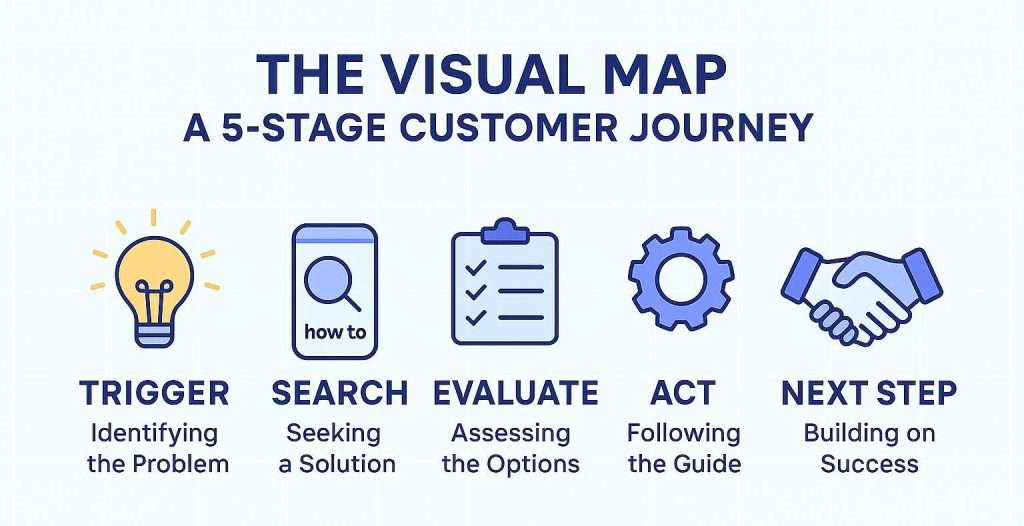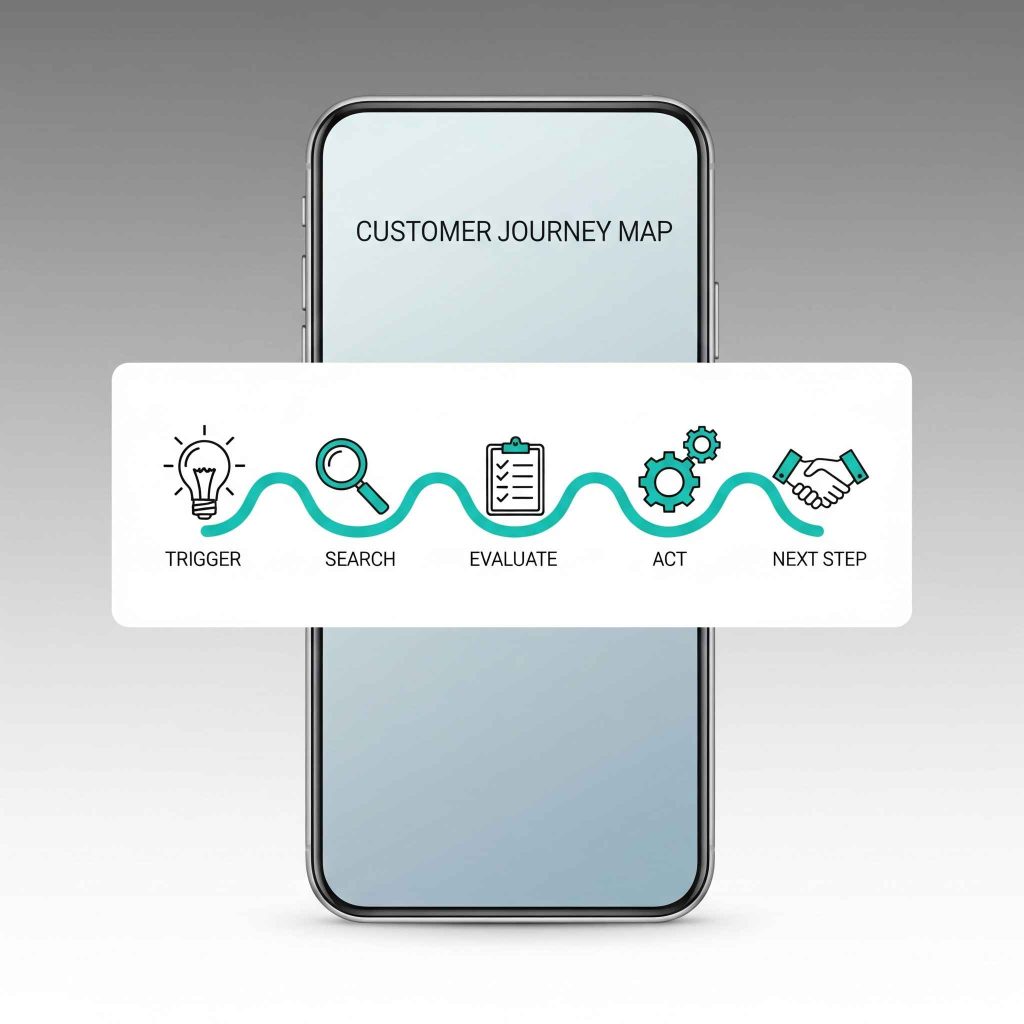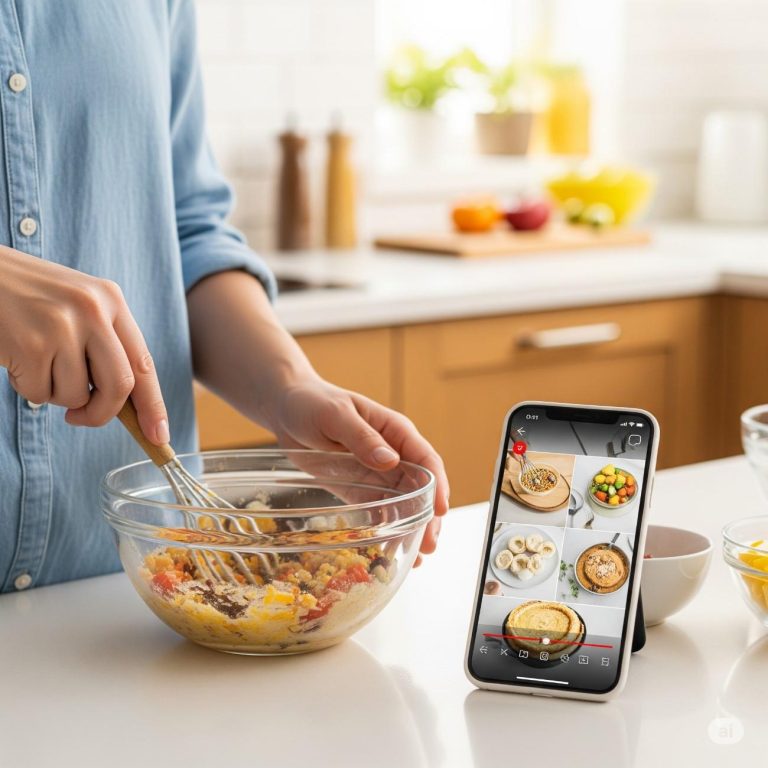Think about the last time you faced a challenge and immediately reached for your phone. Maybe you needed to know “how to assemble a flat-pack bookcase” or “how to bake sourdough bread.”
These are “I-want-to-do” moments, intent-rich instances where a user reflexively turns to a device to get help with a task. With 91% of people using their phones to try new things, these moments are a critical battleground for consumer attention.
Knowing how to optimize I-want-to-do moments is no longer optional; it’s essential for building trust and guiding users from a simple question to a loyal customer.
This is more than just another marketing trend; it’s a fundamental shift in consumer behavior. Users expect immediate, helpful answers that solve their problems right now. This visual guide to I-want-to-do moments will provide a clear, step-by-step journey map to help you be there when it matters most. Follow along to learn how to identify, design for, and win these crucial interactions.
Understanding the ‘Do’ Moment
An “I-want-to-do” moment is one of the four key micro-moments where consumers seek guidance to accomplish a task or try something new. These are the “show-me-how” moments that bridge the gap between initial curiosity and a final purchase. When a user searches for “how to fix a leaky faucet,” they aren’t just looking for information; they’re looking for a solution. This is the core of I-want-to-do micro-moment marketing: providing actionable value at the precise point of need.
These moments are overwhelmingly mobile-driven, happening in real-time as problems arise. A successful strategy anticipates these needs with content that is not only discoverable but also incredibly useful and easy to follow.
Common examples of “I-want-to-do” queries include:
- Learning a new skill: “How to learn guitar chords”
- Completing a task: “How to set up a new smart home device”
- Fixing a problem: “How to unclog a drain”
- Trying something new: “How to cook a vegan lasagna”
The Visual Map – A 5-Stage Customer Journey
To win the “do” moment, you must understand the user’s entire journey. While this process happens in seconds, it contains five distinct stages. Imagine this section as a detailed infographic that maps the path from problem to solution.

Stage 1: The Trigger – Identifying the Problem
Every “I-want-to-do” moment begins with a trigger: a problem, a goal, or a sudden inspiration. This is the user’s pain point or motivation. They might be frustrated by a broken appliance, excited to start a new hobby, or simply need to complete a task for work. At this stage, their primary thought is, “I need to figure this out.” Understanding these triggers is the first step in creating a customer journey map that truly resonates.
Stage 2: The Search – Seeking a Solution
The user immediately turns to a device—usually their smartphone—to find an answer. Their search query is direct and action-oriented, often starting with phrases like “how to,” “guide for,” or “fix”. They are not browsing casually; they are on a mission. Your goal is to be present in these search results, ensuring your brand appears as a potential solution provider at this critical moment.
Stage 3: The Evaluation – Assessing the Options
In a fraction of a second, the user scans the search results. They are looking for the most promising, helpful, and easy-to-digest content. Will a video tutorial be best? A step-by-step blog post with images? A downloadable checklist? They are evaluating which resource is most likely to help them achieve their goal quickly and efficiently. Content that is well-structured, visually appealing, and clearly promises a solution will win the click.
Stage 4: The Action – Following the Guide
Once the user chooses a resource, they begin the task. This is the moment of truth. Your content must deliver on its promise by being clear, accurate, and genuinely helpful. If your guide successfully helps them complete their task, you create a powerful positive experience. This builds immense trust and positions your brand as a reliable expert. If the content is confusing or incorrect, it creates a moment of pain that can damage your brand’s reputation.
Stage 5: The Next Step – Building on Success
After the task is complete, the journey isn’t over. The user’s positive experience has created an opening. What is the logical next step? Perhaps they need a specific tool you sell, a related guide for another task, or to sign up for a newsletter with more tips. By providing a clear and relevant call-to-action, you can guide them deeper into your ecosystem, transforming a one-time interaction into a long-term relationship.
Designing Content for Each Stage
A generic approach won’t work. You need to tailor your content to meet the user’s needs at each specific stage of their journey. Knowing how to design a ‘do’ moment content plan is about matching the format and message to the user’s immediate goal.
- For the Trigger & Search: Your focus here is on discovery. Conduct keyword research to find the exact “how-to” phrases your audience uses. Optimize your titles, meta descriptions, and content to directly answer these queries. The goal is to ensure you are visible and relevant when the search happens.
- A Visual Guide to Designing for Evaluation: To win the click, your content must appear useful at a glance. Use formats that excel at instruction, such as how-to videos, step-by-step guides with high-quality images, interactive tools, and downloadable checklists. These formats signal that your content is actionable and designed to solve a problem, not just sell a product.
- For Action & The Next Step: Clarity is paramount. Use simple language, numbered steps, and clear headings to make your content easy to follow while the user is actively performing the task. End your content with a logical next step. If you’ve shown them how to fix a bike chain, offer a link to the best chain lubricant you sell or a guide on “how to tune your gears.”
Best Practices for ‘Do’ Moments
To consistently win these interactions, you need a strategy built on a foundation of best practices. Here is a simple checklist for how to optimize I-want-to-do moments and ensure your content is always ready to perform.
- Prioritize Speed and Mobile Experience. Most “do” moments happen on mobile, and users are impatient. Your site must load quickly, be easy to navigate on a small screen, and feature clear calls-to-action. Even a one-second delay in page load time can cause a user to abandon your site for a competitor’s.
- Be Genuinely Useful. Don’t just show up; show up with the best answer. Your content should be comprehensive, anticipating potential problems and answering follow-up questions. The goal is to provide so much value that the user doesn’t need to go back to the search results.
- Use Clear, Scannable Formatting. Users in a “do” moment are often multitasking. They need to be able to scan your content quickly to find the exact step they’re on. Use bold text, subheadings, bullet points, and short paragraphs to make your content highly readable.
- Incorporate Rich Visuals. A picture (or video) is worth a thousand words, especially in a tutorial. Use high-quality images, GIFs, or embedded videos to demonstrate complex steps and make your instructions easier to understand.
- Measure What Matters. Track key metrics to understand if your content is effectively serving users. Monitor engagement rates (like time on page and video watch time) and conversion rates on your calls-to-action. High bounce rates might indicate your content isn’t meeting user needs.
Start Mapping, Start Winning
In today’s fragmented customer journey, success is defined by your ability to be present and useful in the moments that matter most. “I-want-to-do” moments are your single greatest opportunity to prove your value, build trust, and create a lasting connection with your audience. By understanding the user’s path from problem to solution, you can move beyond simply selling and become an indispensable resource.
The key is to stop thinking like a marketer and start thinking like your customer. Use this framework to begin mapping their journey. When you learn how to optimize I-want-to-do moments, you don’t just gain traffic; you gain loyal customers.


